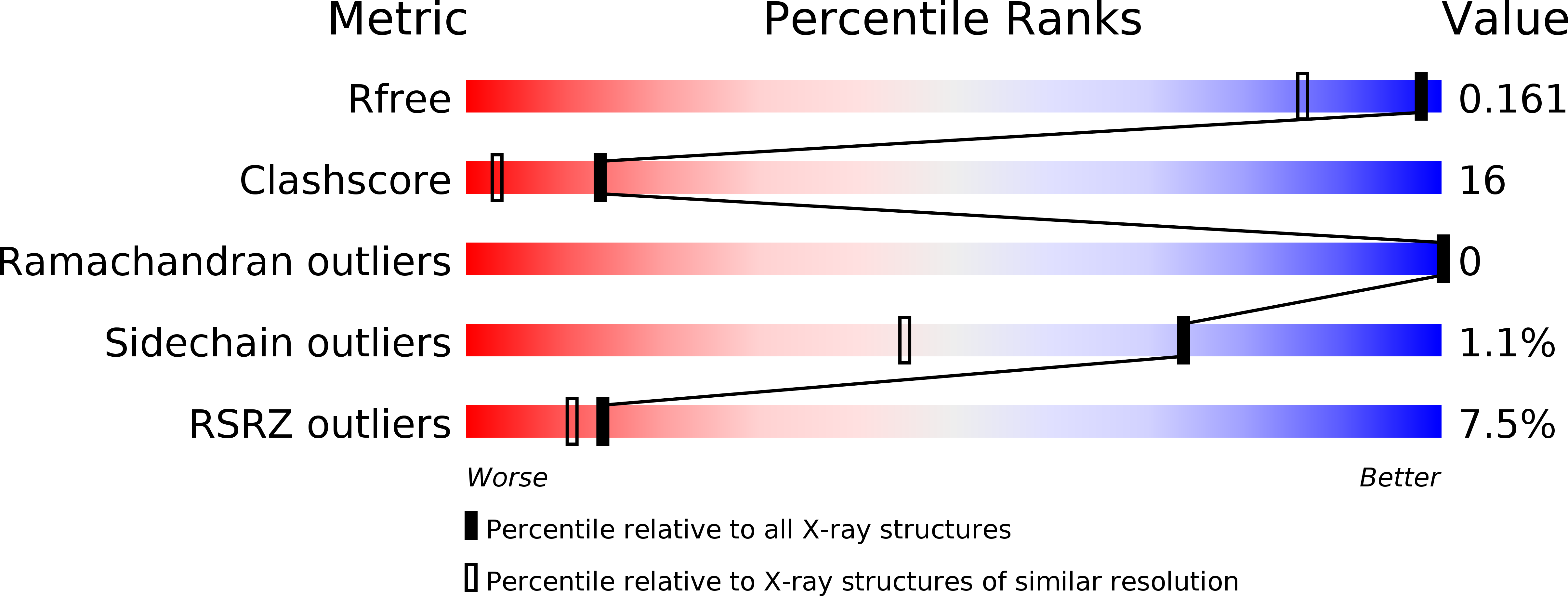
Deposition Date
2011-07-28
Release Date
2011-12-21
Last Version Date
2023-09-13
Entry Detail
Biological Source:
Source Organism:
Streptomyces avidinii (Taxon ID: 1895)
Host Organism:
Method Details:
Experimental Method:
Resolution:
1.30 Å
R-Value Free:
0.16
R-Value Work:
0.13
R-Value Observed:
0.13
Space Group:
I 41 2 2


